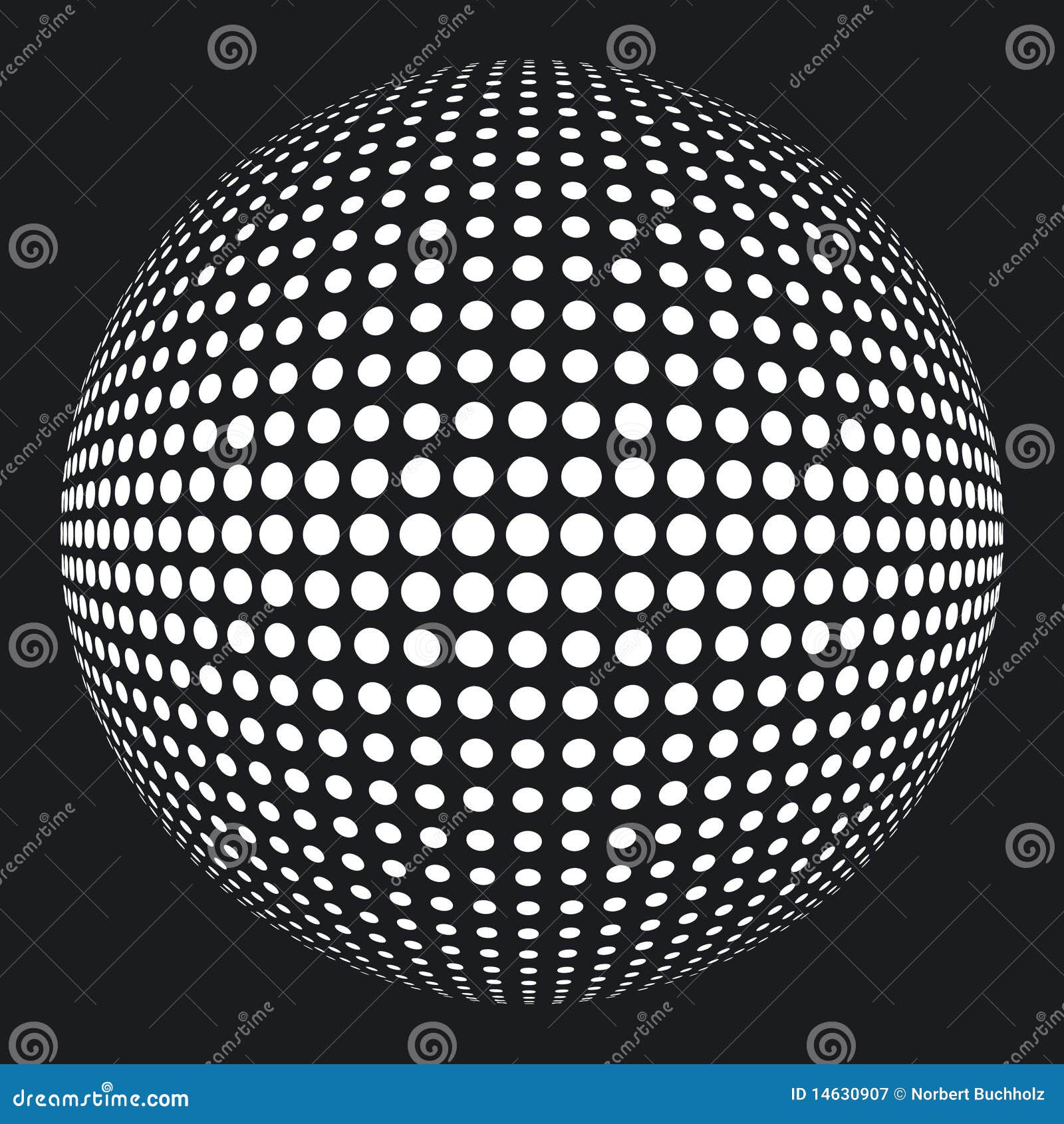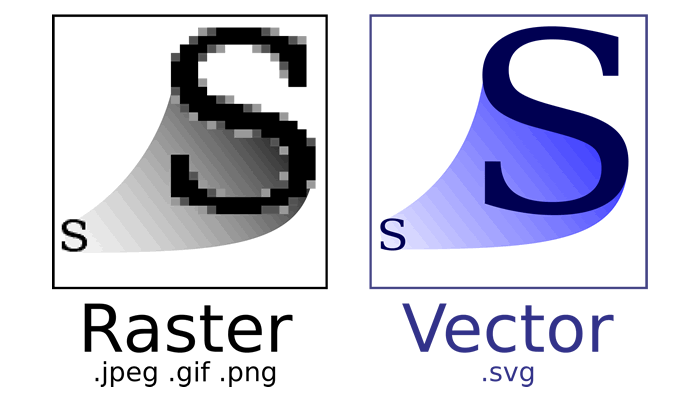

This is why logos and other designs are typically created in vector format because the quality will look the same on a business card as it will on a billboard. Raster graphics become “blocky,” since each pixel increases in size as the image is made larger causing the edges to look jagged and the image to blur making it a poor candidate for screen printing. These files are often used on the internet since they don’t take up much space. Raster files are files that are made up of pixels. You can save vector files as raster files for use on the web. Vector files are not the same as raster files, or what most people know as jpeg or jpg files, gif files, or png files.

Because vector graphics are not made of pixels, the images can be scaled to be very large without losing quality.Īll vector art files are created in graphic arts programs such as Adobe Illustrator or CorelDraw and are necessary for screen printing or any other type of signage that will need to have the sizing adjusted to fit the item it is going on. The data file for a vector image contains the points where the paths start and end, how much the paths curve, and the colors that either border or fill the paths. eps file or Adobe Illustrator file, is composed of paths, or lines, that are either straight or curved. A raster graphic, such as a gif or jpeg, is an array of pixels of various colors, which together form an image. The difference between vector and raster graphics is that raster graphics are composed of pixels, while vector graphics are composed of paths. The three different types are not interchangeable files. Each is created in it’s own program and each has it’s own purpose. This allows for ease of use when scaling the art and making any color adjustments you may need.Vector art files, raster art files and digitized art files are three different file types. When screenpritning a logo for a project, it is best to supply your art as a. Common programs used to edit/create raster art are: Adobe Photoshop Changing colors and seperating layers is quite difficult and not recommend when creating useable art for print production. Raster art is flat art and unable to be manipulated with ease. Think of it like trying to pull printed text off of a piece of paper with your fingers. In regards to making smooth useable art for print production, raster art is not ideal.

You can take pieces apart re-arrange them, swap out colors etc.Ĭommon programs used to edit/create vector art are: Adobe Illustrator and Corel DrawĮditing raster art is a bit more complicated.

*.JPEGs are acceptable primarily when creating 4-color process artwork and must be 300dpi at the largest size possible.Įditing vector art is like working with Legos. When stretched, pixels are being added that aren’t originally part of the photo and this causes the distorted “low-res” look. Because raster images are built from a fixed number of pixels, they cannot be resized without compromising their Photos are the best representation of a raster image. PDF** – Art is also able to be seperated when initalliy created in Adobe Illustrator or a similar vector art program.Ĭreated from multiple colored pixels, or individual building blocks. They’re defined as solid objects, and can be moved around in full, or grouped together with other objects. Vectors are any scaleable objects that keep their proportions and quality when sized up or down. Vector art consists of creating paths and points in a program such as Adobe Illustrator. The following post will discuss different file types and artwork misconceptions. Understanding the importance and role of different image file types is essential to ensuring your artwork is processed properly. There are two major image types – vector and raster.


 0 kommentar(er)
0 kommentar(er)
